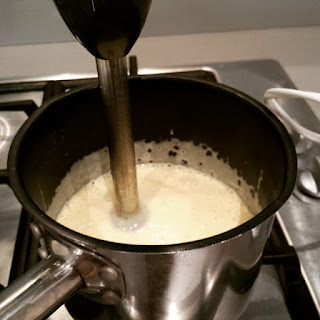
This is based on a recipe by Rick Stein from one of his many many travel cooking shows, the TV rather background noise than being watched when this dish piqued my interest, mainly because it was easy enough for me to remember to write down later, and a good excuse to drag the dusty tagine off the shelf and put it to use. The following is from memory, I did try to find a copy in one of his books I have, but no dice. It’s surprising quick and easy to throw together and perfect for the cooler months.
Kofta
Lamb mince
Cumin, ground
Salt
Hot paprika (or sweet and cayenne pepper)
Parsley, chopped
- Roughly work all the ingredients together and form into balls. Set aside.
Tagine
4–5 Garlic cloves, minced
1 Onion, finely diced
1 can of good quality diced tomatoes
Cumin
Hot paprika
1 egg per serve

- Heat the tagine over a medium heat, add in a good glug or three of olive oil and thoroughly brown the kofta. Transfer to a bowl. Sauté the onion and garlic until translucent. Add the paprika and cumin, cook until fragrant.
- Pour in the tomatoes, thin out with a little water if needed. Bring to the simmer, and adjust seasoning.
- Arrange the kofta in the tagine, leave space for the eggs to be broken in, cover and cook for a couple of minutes, or until the kofta are cooked through.
- Crack in the eggs individually, cover the tagine and cook for about 2 minutes, or until the white is set but the yolk is still runny. Serve up with some crunchy crusty bread.






